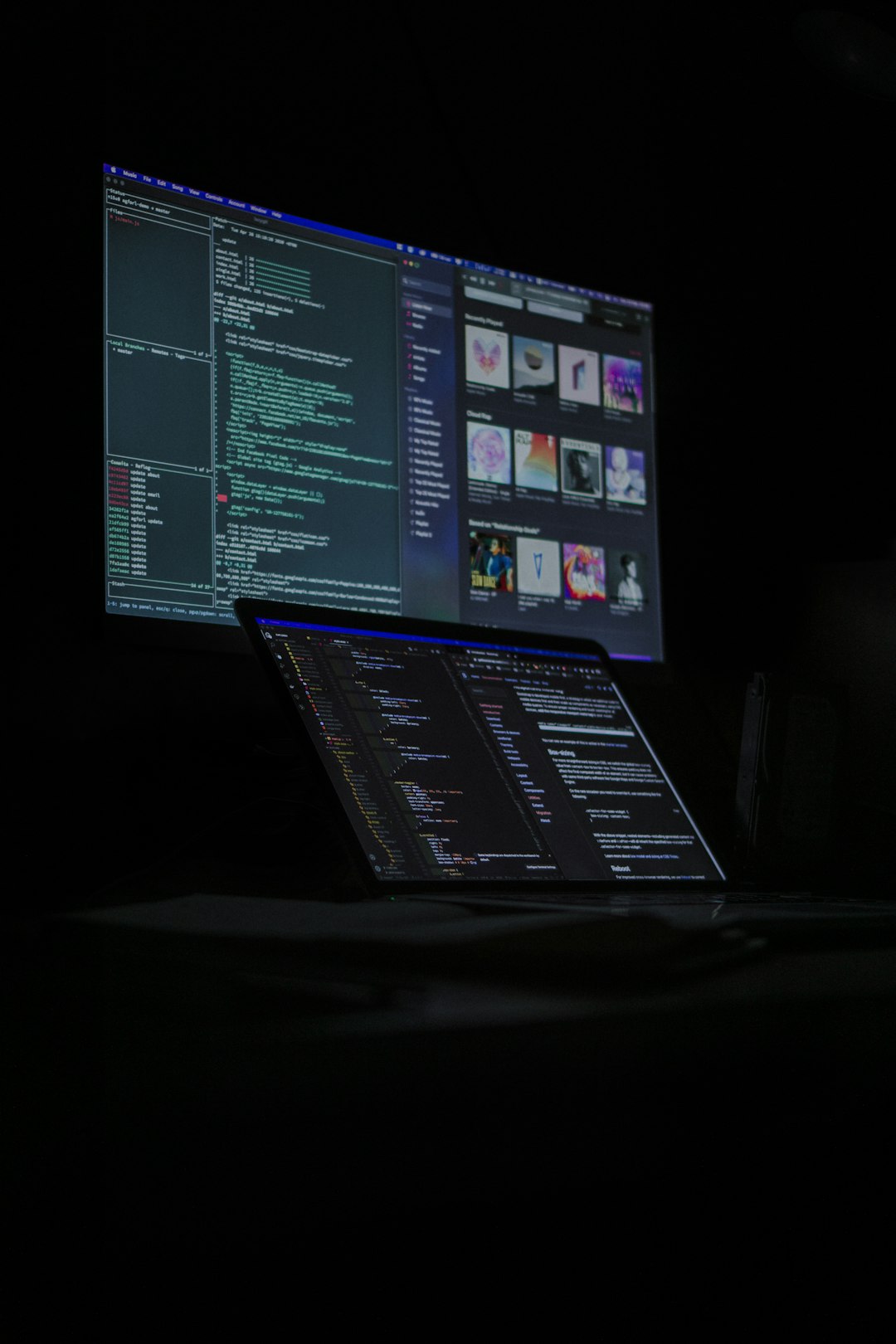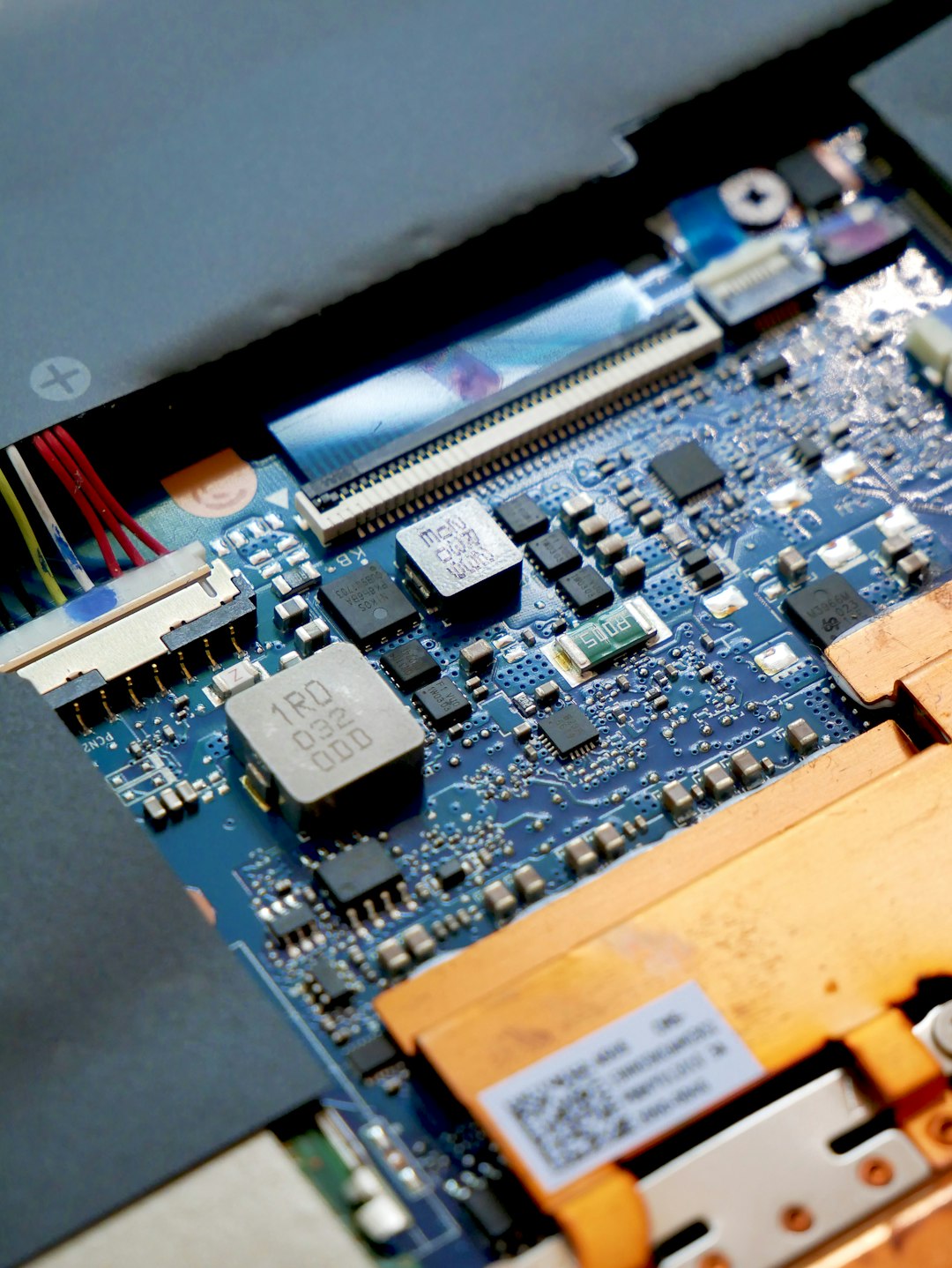The DISM tool, or Deployment Image Servicing and Management, is a powerful utility in Windows used to repair and prepare Windows images, including those used for Windows Setup, Windows Recovery Environment, and Windows PE. One of the most commonly recommended commands to fix system issues is the /Online /Cleanup-Image /RestoreHealth option. Unfortunately, users sometimes encounter the frustrating DISM Error 87 while trying to execute these commands. This article explains what DISM Error 87 is, why it occurs, and how to properly execute the correct command syntax to avoid or resolve the error.
Understanding DISM Error 87
Error 87 is a common DISM-related issue, and it usually results from incorrect command-line syntax or usage. When this error appears, it often comes with a message like:
“Error: 87
The parameter is incorrect.”
Essentially, this means that DISM did not recognize part of the command you entered. This can be caused by several factors including
- Typing mistakes in the command syntax
- Missing spaces or slashes
- Running the command in a non-elevated prompt
- Using the command on unsupported Windows versions

The Correct Use of /Online /Cleanup-Image /RestoreHealth
To use DISM correctly, it’s crucial to enter the commands with proper syntax, spacing, and with administrative privileges. Here’s the correct basic command to use:
dism /online /cleanup-image /restorehealthMake sure of the following when using this command:
- Run the command in Command Prompt or PowerShell as Administrator
- Use a single space between each argument
- Do not replace slashes (
/) with dashes (-) - Ensure your Windows version supports the DISM command
Step-by-Step Guide to Run DISM Without Error 87
-
Open Command Prompt as Administrator:
Press Win + S, type “cmd”, right-click Command Prompt, and select Run as administrator. -
Enter the Correct Command:
Carefully type:dism /online /cleanup-image /restorehealth -
Wait for the Scan to Complete:
DISM will connect to Windows Update to download missing or corrupted files and repair the system image. This can take a few minutes.
If the issue persists, ensure your system can access the internet and retry the process. Some network restrictions or offline environments may lead to a failure.
Advanced Usage of the DISM Command
In cases where Windows Update is unavailable or unreliable, you can specify a source for DISM to use when repairing the image. This may include a mounted ISO file or a local Windows installation media. Here’s how to do that:
dism /online /cleanup-image /restorehealth /source:D:\Sources\install.wim /limitaccessExplanation of parameters:
/online– targets the live operating system image/cleanup-image– instructs DISM to run image servicing operations/restorehealth– attempts to repair the Windows image/source– specifies the repair files location/limitaccess– prevents DISM from contacting Windows Update for cleanup files
Remember to adjust the D: drive letter to reflect your DVD or ISO mount location.

Common Mistakes to Avoid
To steer clear of Error 87, make sure you avoid these common mistakes:
- Putting arguments in the wrong order – order matters in DISM commands
- Forgetting to run Command Prompt as Administrator
- Spelling mistakes such as /onlinecleanupimage instead of separate command switches
- Using incorrect file paths in the
/sourceargument
Combining DISM with SFC
For comprehensive repair routines, it’s often useful to run the System File Checker (SFC) after DISM. SFC checks the system for corrupted files and replaces them with backups. Here’s how to combine both for best results:
- Run DISM:
dism /online /cleanup-image /restorehealth - Run SFC:
sfc /scannow
This combination can significantly improve the chances of resolving underlying system issues.
Troubleshooting Network Restrictions
DISM might need to download files from Windows Update. If your system is on a metered connection, behind a proxy, or within a restrictive firewall, you might need to either configure the network properly or resort to using local source files as shown earlier.
Conclusion
DISM is a reliable and invaluable tool for maintaining the integrity of your Windows system image. However, attention to syntax and proper command usage is crucial. Error 87, while common, is easily preventable by following the correct command structure:
dism /online /cleanup-image /restorehealthIf needed, combine this with the /source switch and always remember to run Command Prompt as an administrator. These best practices will ensure a smooth experience while using DISM for system repair and maintenance.
Frequently Asked Questions (FAQ)
- Q: What does DISM Error 87 mean?
A: It means that the parameters in the DISM command are incorrect or misused. Typically, it’s a syntax issue. - Q: Do I need to run DISM as an administrator?
A: Yes, failing to run the command with elevated privileges can result in failure or access errors. - Q: Can I run DISM without an internet connection?
A: Yes, but you must provide a local source for restoration by using the/sourceparameter along with/limitaccess. - Q: How much time does DISM take to run?
A: It varies depending on system performance and internet speed but usually takes 10–30 minutes. - Q: Is it safe to shut down my PC during the process?
A: No, interrupting DISM while it is running might cause further system issues. Always let it complete the process. - Q: What if DISM still fails after using the correct syntax?
A: Consider checking the CBS logs or using a local source. Also, make sure your OS is not heavily corrupted beyond repair.